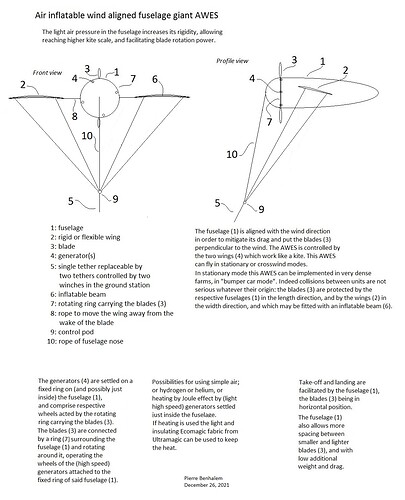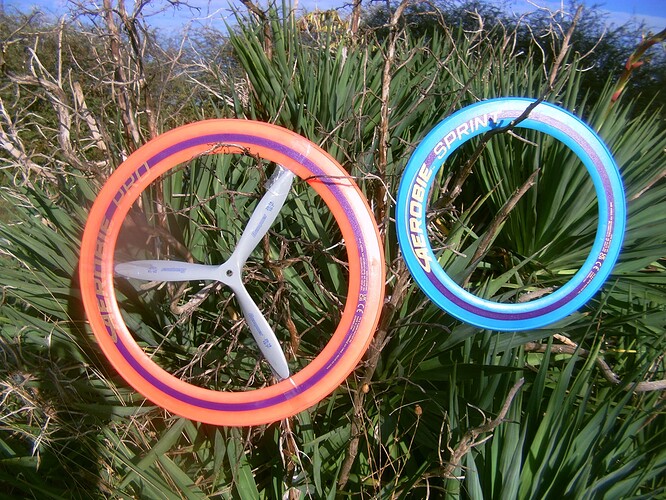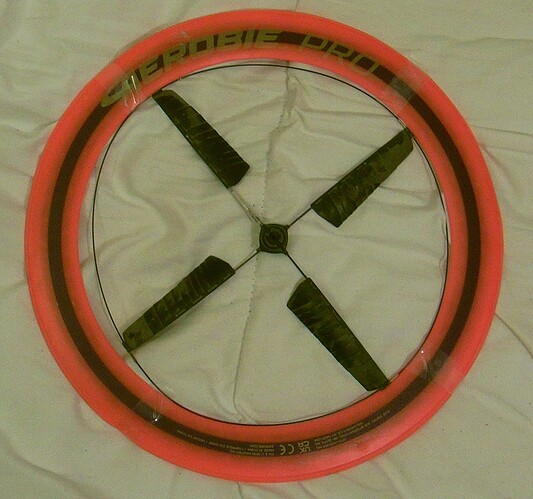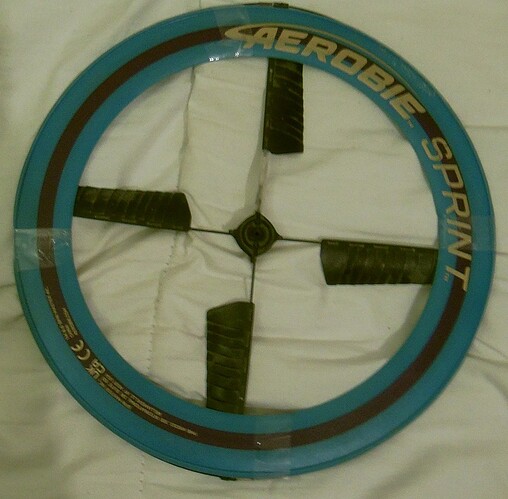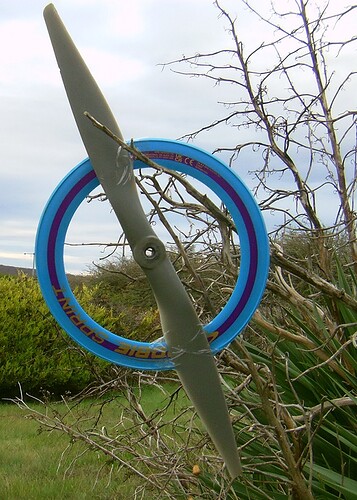For the last design above (and below with light modifications), a special fabric could be used, allowing to keep the heat:
This information link, among other links, is also on Is an electrically heated balloon lift support for AWES possible?.
However using heating from generator can be questionable unless it contains a tube bringing fresh air from outside the balloon. Moreover if it is cooled, it will not be able to heat the air contained in the balloon. Indeed a wind generator should be cooled: https://www.ifm.com/fr/fr/applications/060-windenergie/1010/2090/refroidissement-du-generateur.html (in French):
Refroidissement du générateur
Pour des éoliennes à transmission directe ou sans multiplicateur, le générateur est le cœur du système. Dans la production d’énergie, de la chaleur est générée sur les bobinages. Cette chaleur doit être évacuée afin de refroidir le générateur. Pour les grandes éoliennes multi-mégawatts, un refroidissement par air/eau est utilisé pour refroidir les générateurs.
Outre la surveillance de température du générateur et du fluide de refroidissement, il est également important de surveiller la pression et le débit de refroidissement. Si le système de refroidissement tombe en panne, la centrale doit être arrêtée afin d’éviter une surchauffe du générateur.
Translation:
Generator cooling
For wind turbines with direct transmission or without a gearbox, the generator is the heart of the system. In power generation, heat is generated on the windings. This heat must be removed in order to cool the generator. For large multi-megawatt wind turbines, air / water cooling is used to cool the generators.
In addition to monitoring generator and coolant temperature, it is also important to monitor cooling pressure and flow. If the cooling system fails, the power plant must be shut down to prevent the generator from overheating.
So maybe a cooled generator could be used for power generation, as well as a device that converts energy into heating.
